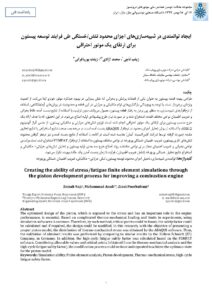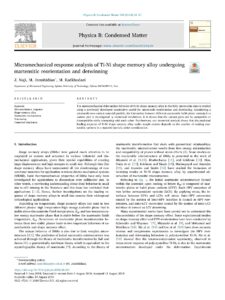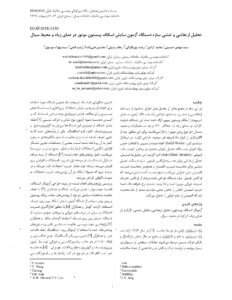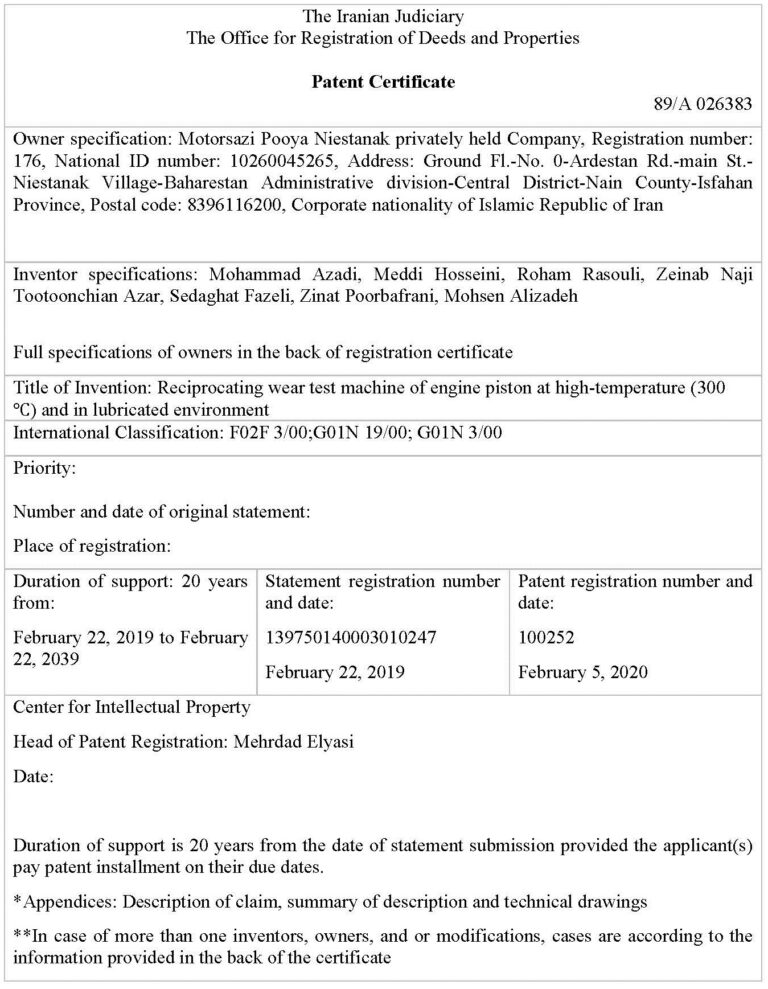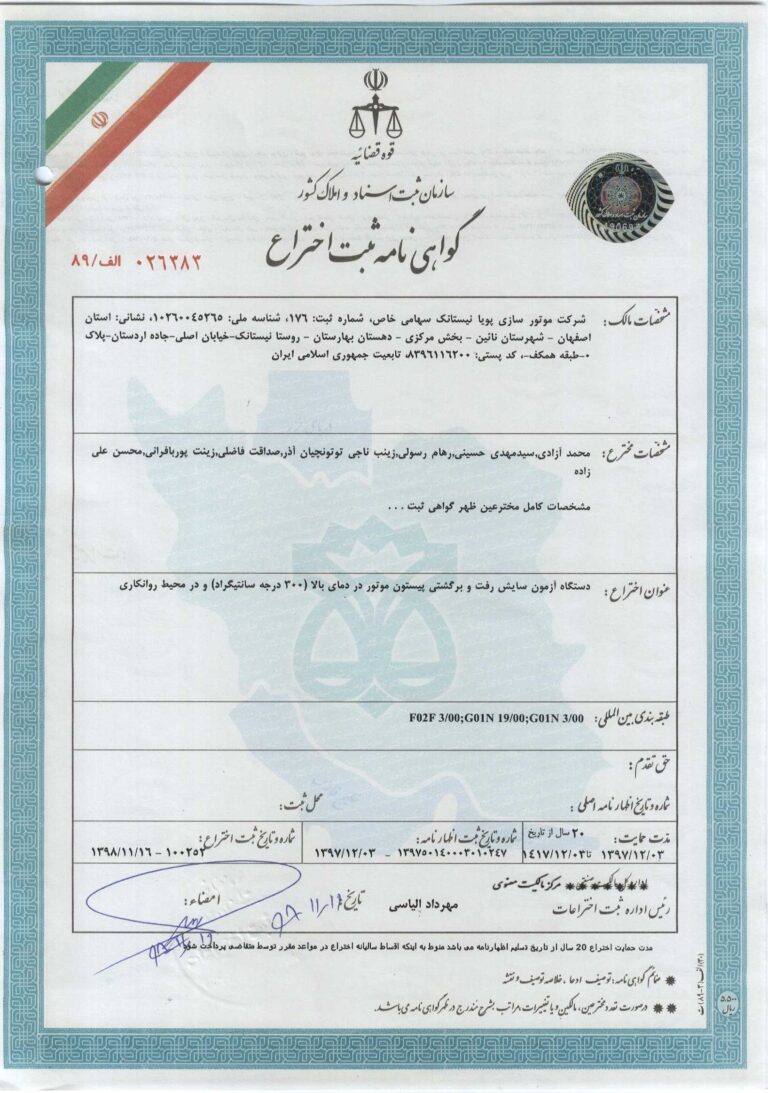Zeinab Naji
MSc in Mechanical Engineering
Numerical Simulation/Modeling, FEA
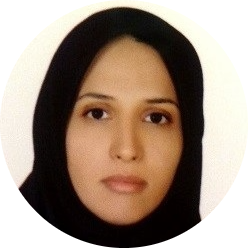
ABOUT ME
Zeinab completed her master’s degree in Mechanical Engineering in 2016 at Isfahan University of Technology, and worked on micromechanical modeling of shape memory alloys as her thesis. She has been working as a Finite Element Analysis (FEA) Engineer since 2017 and has extensive experience in numerical simulation and Python scripting in Abaqus (pre- and postprocessing). She has conducted and optimized a wide range of projects from RVE modeling of composites to thermomechanical analysis and crack propagation. Furthermore, as an instructor in Python scripting in Abaqus she has educated master and doctoral students from universities around the world. Zeinab also has five years of experience as a R&D mechanical design engineer in different manufacturing companies, and has designed, drafted and analyzed many models in CAD and CAE software. She has published one academic and two professional papers, and is a co-inventor of a patent. Here, some of her works are shown.
CAE PROJECTS
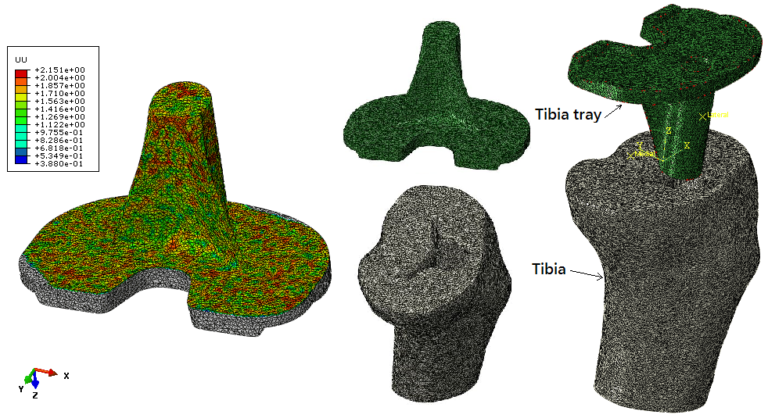
A Python code was developed in order to calculate the relative displacement at the contact interface of the Tibia and the Tibia tray. First, adjacent nodes at the contact interface of the two parts were obtained. Next, the displacement of these nodes was read from the *.odb file. Then, relative displacement at each node was calculated. At the end, an output database was generated to display the results in Abaqus. The whole process was automatic. 2023
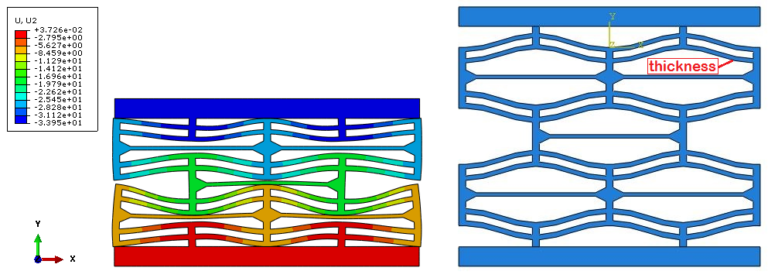
300 impact attenuators with cosine bars with different thicknesses were modeled using Python scripting in Abaqus. The output of each model including force-displacement data was extracted and specific energy was calculated, and finally the data was saved in an Excel file. The whole process involving creating models, extracting outputs and saving the results was automatic. 2022
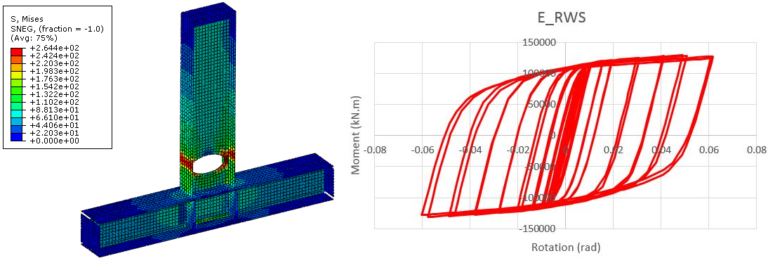
A welded elliptical-shaped RWS moment frame with 6561 different elliptic openings and variable length was modeled using Python scripting in Abaqus. The results of each model under cyclic loading involving moment-rotation data were saved in a different Excel file. The whole process involving creating models, extracting outputs and saving the results was automatic. 2022
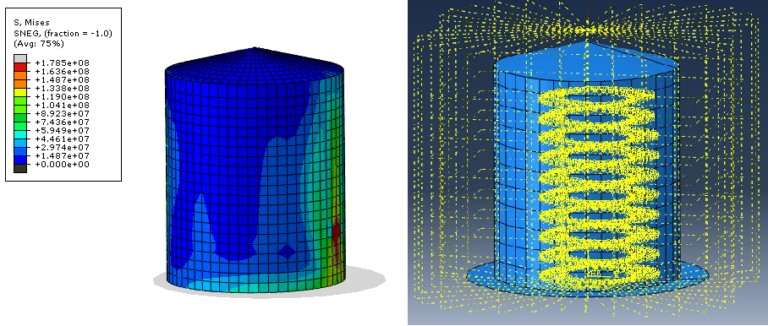
A tank-liquid system with variable tank diameter, tank height, liquid height and number of segments was modeled in Abaqus using Python scripting. In each segment 36 reference points were created and mass and boundary condition were assigned to each of them. The bottom of the tank had variable random thicknesses in different locations. The behaviour of tank under earthquake excitation was modeled and maximum relative radial displacement of considered nodes was calculated. The whole process involving creating models, extracting outputs and saving the results was automatic. 2022
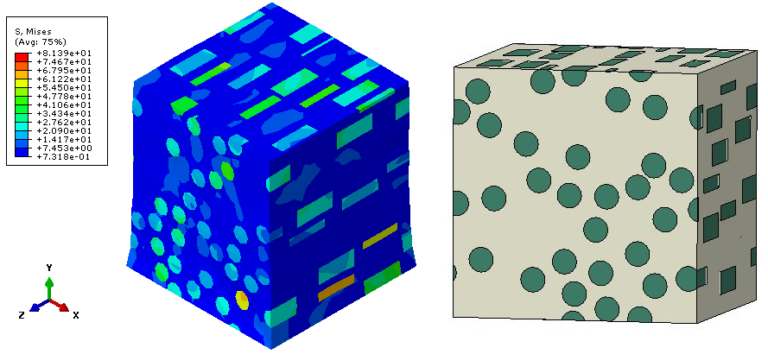
A composite RVE with variable dimensions, periodic geometry and randomly distributed short nano-fibers with different volume fractions was generated. Nano-fibers were aligned without overlapping, and had variable lengths and cross sections. The aim of the project was calculating homogenous longitudinal Young modulus and transverse Young modulus which were written in a text file. The whole process involving creating models, extracting outputs and saving the results was automatic, and was conducted using Python scripting in Abaqus. 2022

Two composite RVEs with aligned and randomly distributed short and long nano-fibers, and one composite RVE with randomly oriented nano-fibers were modeled. Dimension of the RVEs and fibers were variable. Nano-fibers didn’t overlap. The aim of the project was calculating homogenous longitudinal Young modulus and transverse Young modulus which were written in a text file. The whole process involving creating models, extracting outputs and saving the results was automatic, and was conducted using Python scripting in Abaqus. 2022, 2023

Three randomly oriented short-fiber composites with different volume fractions were created by reading numerous data (start and end points of fibers) from an Excel file and creating *.inp files. The whole process was automatic, and was conducted using Python scripting in Abaqus. 2021
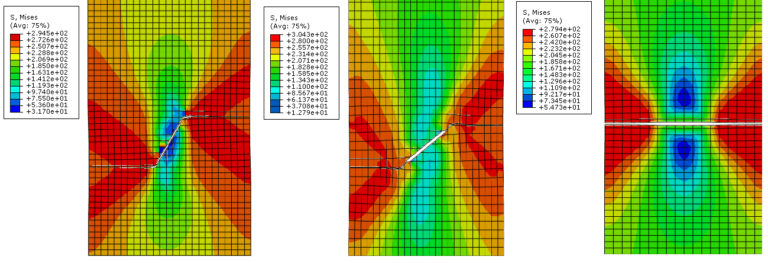
Crack growth in thin Aluminum panels with three different angles of cracks (30 , 60, 90) with respect to the tensile load was modeled in Abaqus using XFEM technique and the maximum principle stress criteria for the damage criteria, in order to predict crack growth direction and applied forces for crack growth. 2021

A metal foam RVE with randomly distributed pores, variable number of pores and random diameters was generated in Abaqus using Python scripting. The whole process was automatic. 2021
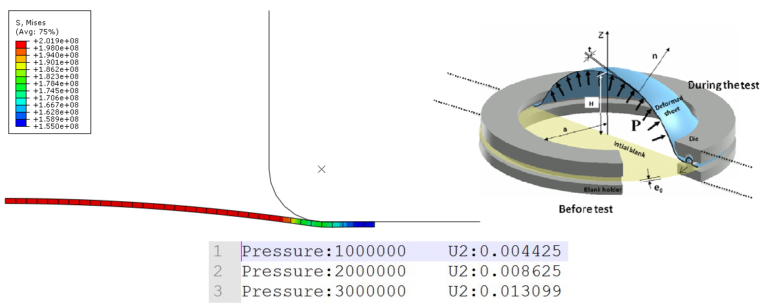
Bulge test was modeled in Abaqus, and in order to obtain stress-strain curve for the material being considered a Python code was developed to increase pressure gradually and to get displacement in the center of the sheet metal. The results were automatically written in a text file. 2020
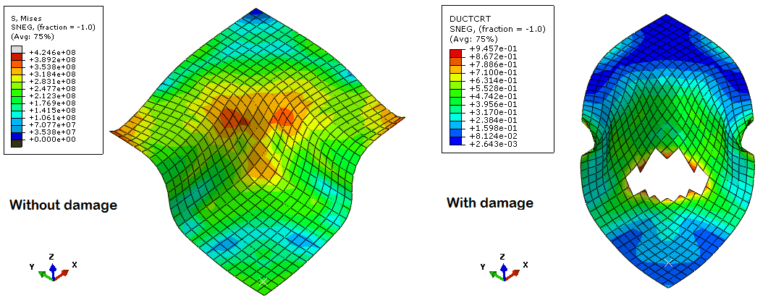
Finite element simulation of the deep drawing process in a steel blank was carried out in Abaqus in two steps: first without considering damage, and then with modeling progressive damage and failure for ductile metals. 2019
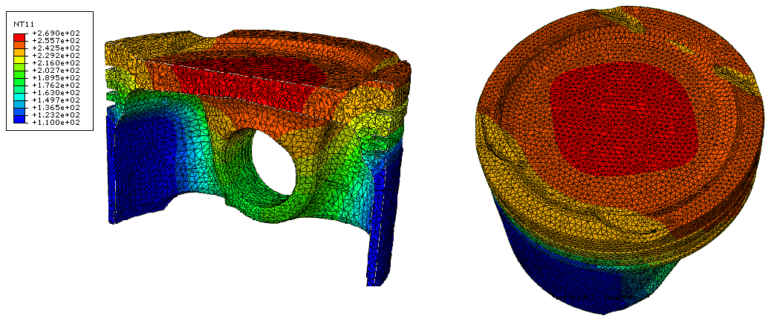
Stress/fatigue finite element simulations of an internal combustion engine piston were conduted in Abaqus and FEMFAT software, and were validated by comparing to similar results by the Rheinmetall Automotive, Kolbenschmidt (KS) Company in Germany. 2018
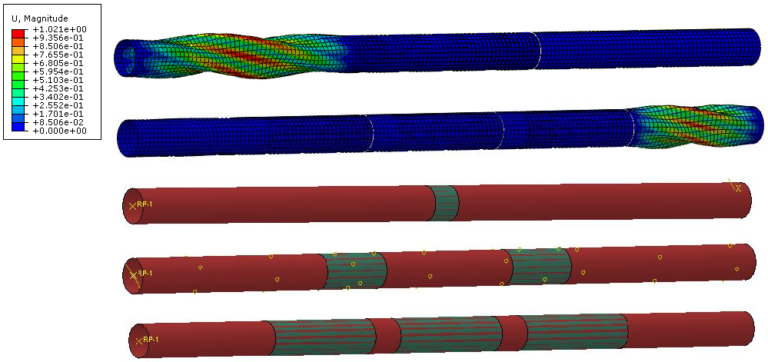
Composite shafts reinforced with one to three rings were created in Abaqus and optimized with Python scripting in order to study the effect of thickness variation of layers, different number of rings with different length and thickness, and to obtain first bending mode natural frequency and first mode of critical buckling torque. The whole modeling process was automatic. 2017
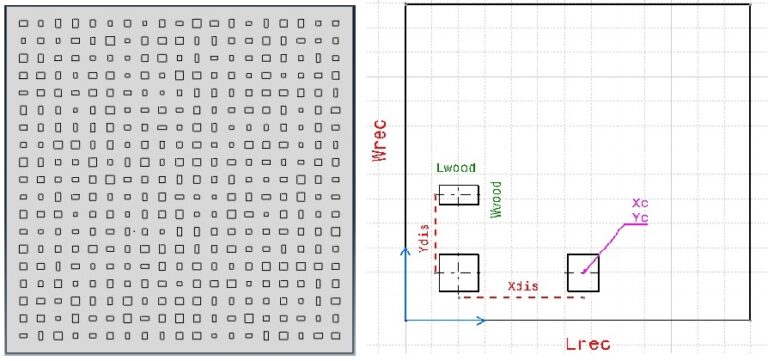
A two dimensional wood-polymer composite with wood chips with different size and orientations was modeled in Abaqus using Python scripting. 2014
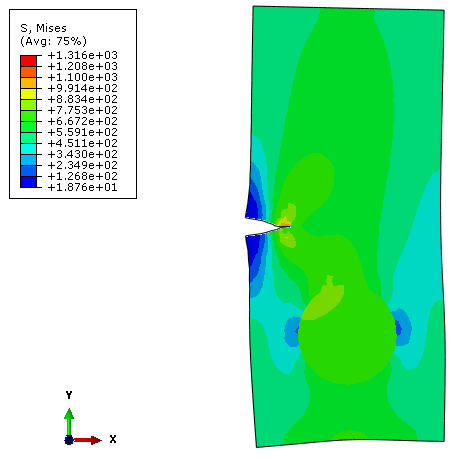
A two dimensional edge crack was modeled in Abaqus using XFEM technique and the maximum principle stress criteria for the damage criteria. 2014
MATLAB PROJECTS
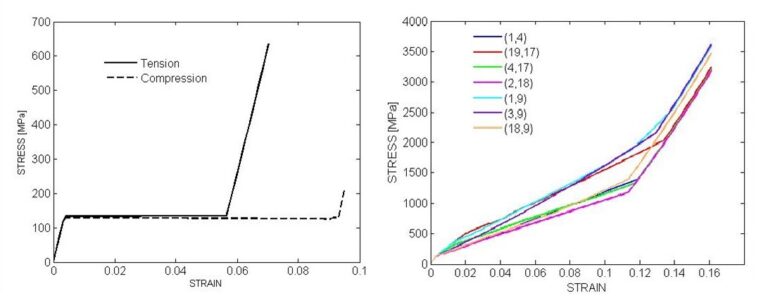
A MATLAB code was developed for Finite Element based constitutive modeling of shape memory alloys (thesis). 2015

Buckling of a 3-ply composite sheet in different fiber angles was modeled, using MATLAB linked with Abaqus, and Python scripting and the best and worst choices of angles were determined. 2014
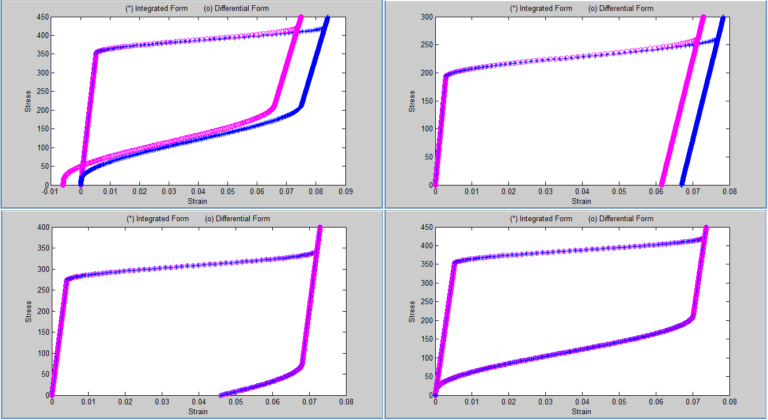
A MATLAB code was developed based on numerical results in Khandelwal paper to obtain the results and comparing integrated and differential formulation. 2014
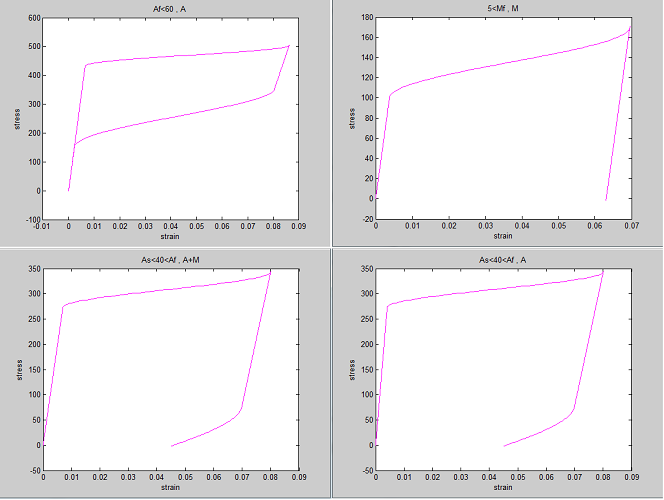
A MATLAB code was developed for calculating stress-strain responses in simple tension and different temperatures, based on constitutive model of Brinson. 2014
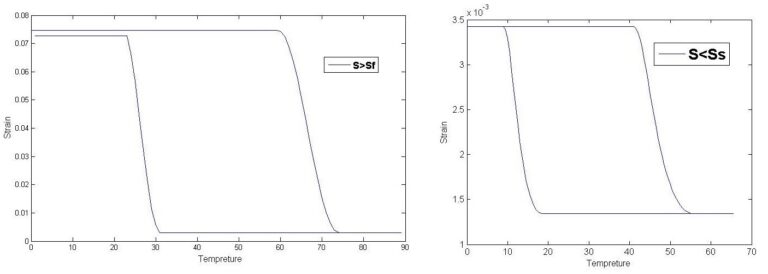
A MATLAB code was developed for calculating strain-temperature responses for a SMA wire subjected to constant stresses, based on constitutive model of Brinson. 2014

A MATLAB code was developed for calculating stress-temperature responses in “restrained recovery situation” and constant strain, based on constitutive model of Brinson. 2014
CAD PROJECTS

Assembly of automotive power steering system parts in CATIA V5. 2022
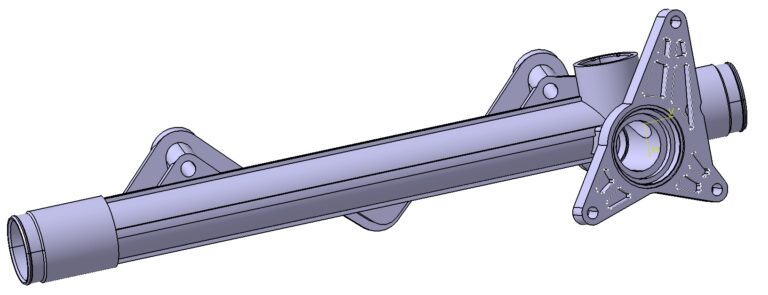
Modeling housing of automotive power steering system in CATIA V5. 2022
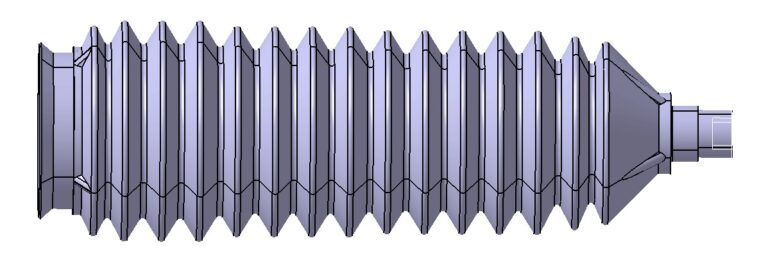
Modeling bellow of automotive power steering system in CATIA V5. 2021

Modeling outer ball joint (OBJ) of automotive power steering system in CATIA V5. 2021
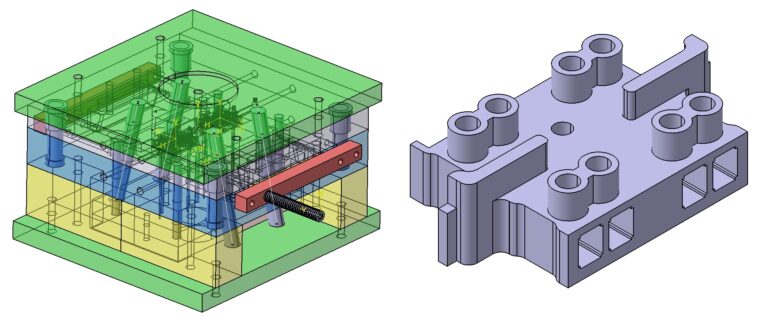
Plastic injection mold design of one of the components of the elevator in CATIA V5. 2017
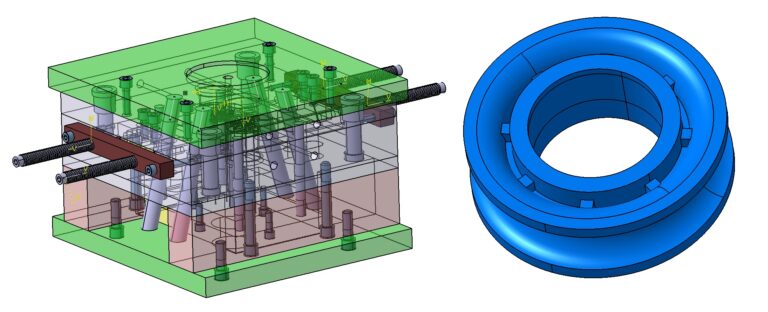
Plastic injection mold design of one of the components of the elevator in CATIA V5. 2017
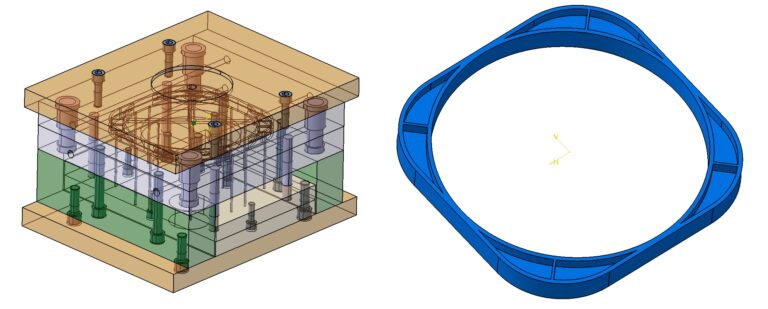
Plastic injection mold design of one of the components of the elevator in CATIA V5. 2017
PUBLICATIONS
Technical Note
Z. Naji, M. Azadi, Z. Poorbafrani,
“Creating the ability of stress/fatigue finite element simulations through the piston development process for improving a combustion engine”
National Conference on Internal Combustion Engines
February 2019
Journal Paper
Z. Naji, M. Jamshidian, M. Kadkhodaei, “Micromechanical response analysis of Ti-Ni shape memory alloy undergoing martensitic reorientation and detwinning”
Physica B: Condensed Matter - Elsevier November 2018
Conference Paper
“Vibration and stress analysis of the structure of the engine piston scuff test device at high temperature and fluid environment”
International Conference of Iranian Society of Mechanical Engineers (ISME)
April 2018
TRAINING
1. Python scripting in Abaqus
Session 1: Introduction to Python language 1
- Data types
- Operations
- Control Flow
- Working with files
Session 2: Introduction to Python language 2, and Abaqus object models
- Functions
- Modules
- Presentation of the session object model
- Presentation of the Mdb object model (model database)
Session 3: Automatic pre-processing 1
- Using the replay file
- Using a macro
- Parametric modeling
- Customizing Abaqus GUI and getting inputs from user
Session 4: Automatic pre-processing 2, and post-processing
- Automation of geometry creation / material definition / boundary conditions / loading / meshing / analysis set up
- Presentation of the Odb object model (result database)
- Read from the .odb file, and calculations on the results
Session 5: Automatic combination of pre- and post-processing, edit input files
- Mesh sensitivity analysis
- Introduction to the .inp file
- Read and write from/to the .inp file
2. Advanced Python scripting in Abaqus
- Modeling a composite RVE with aligned and randomly distributed fibers with different volume fractions
- Create geometry with formulas (sinusoidal domino)
- Read from .odb files and save results in different types of files
- Create kernel and GUI plug-ins
3. Input file writing in Abaqus
- The roll of .inp (input) files in analysis with Abaqus
- Structure of the .inp file
- Create, modify and use .inp files
- Stiffness matrix
- Different types of output
- Infinite elements
- Meshing techniques in .inp files
- Parametric .inp file
“Thank you so much for visiting my website.”

Zeinab Naji

